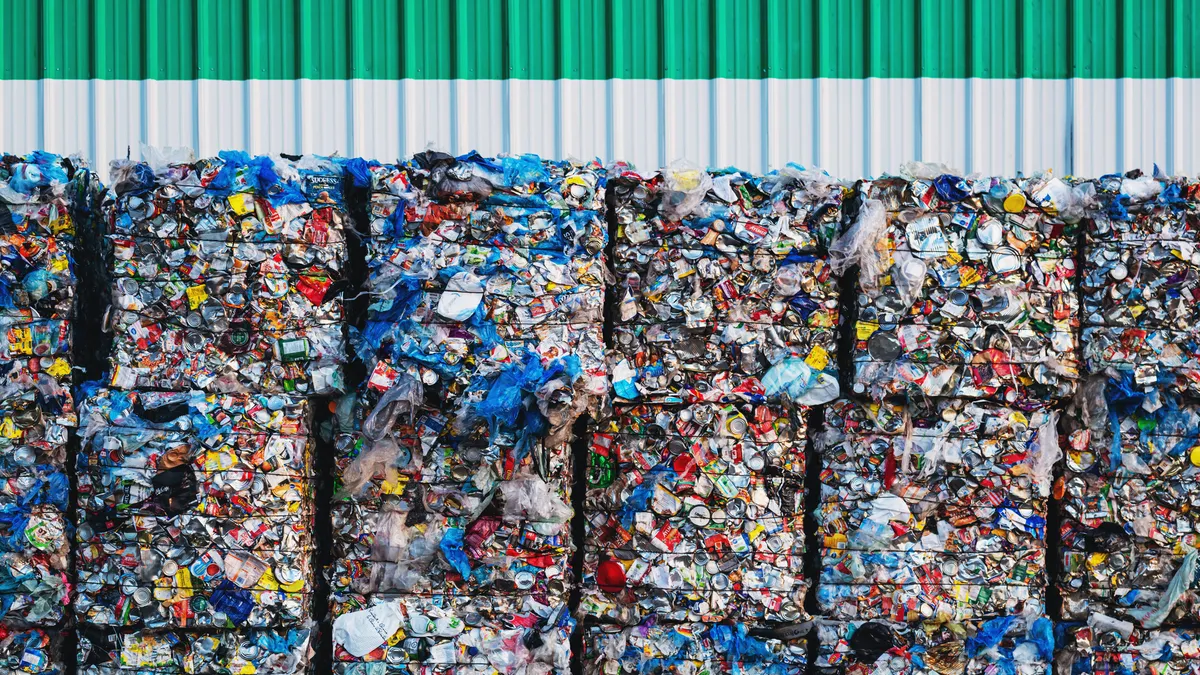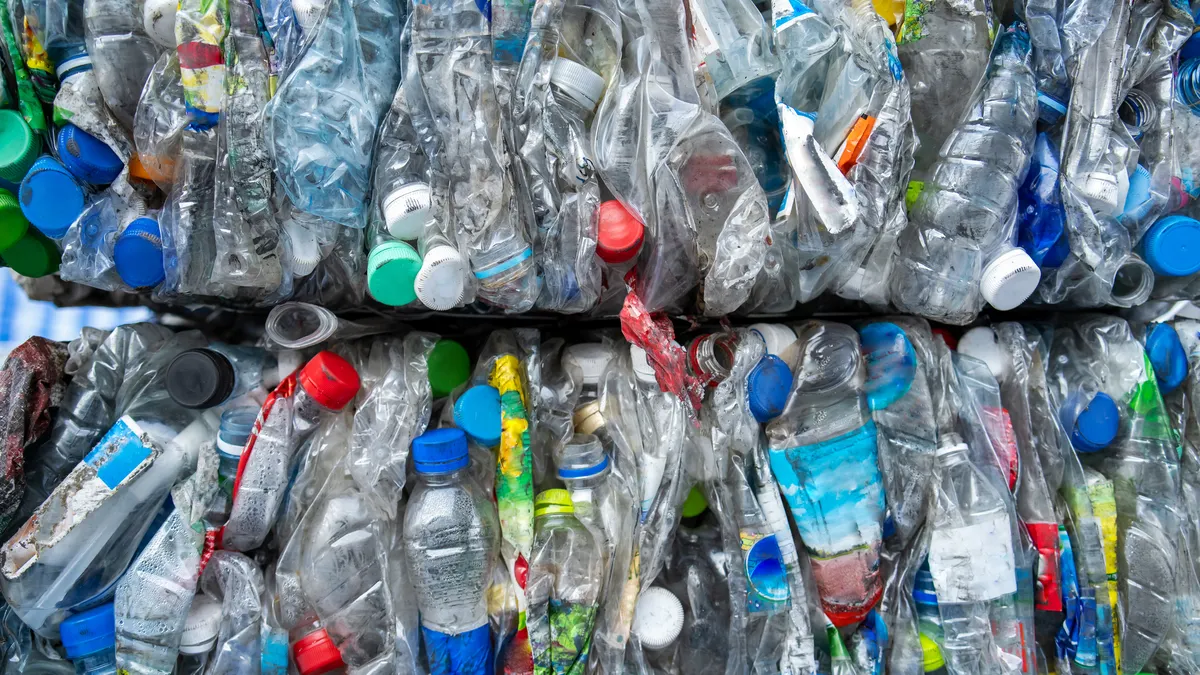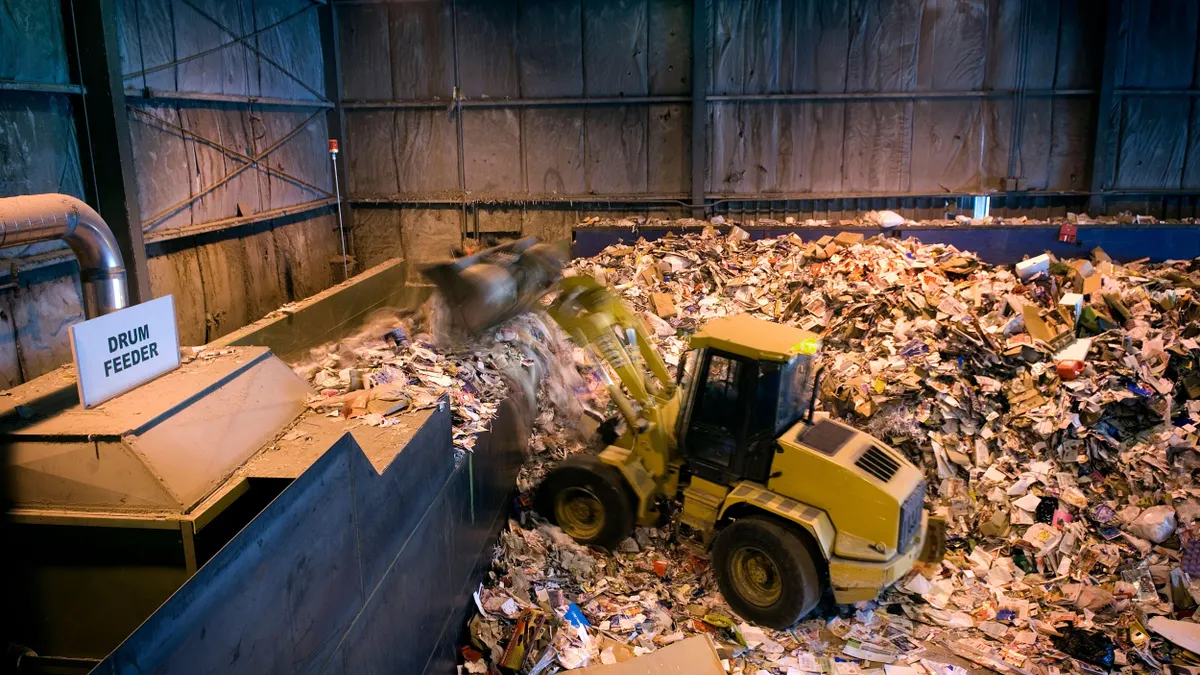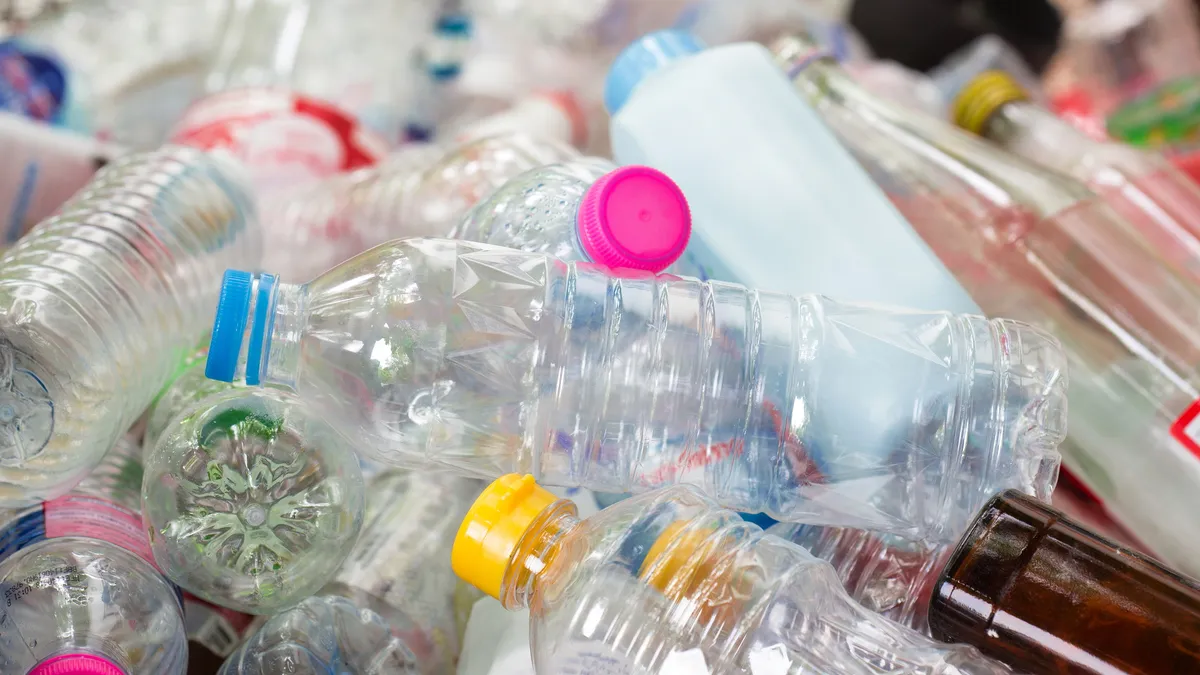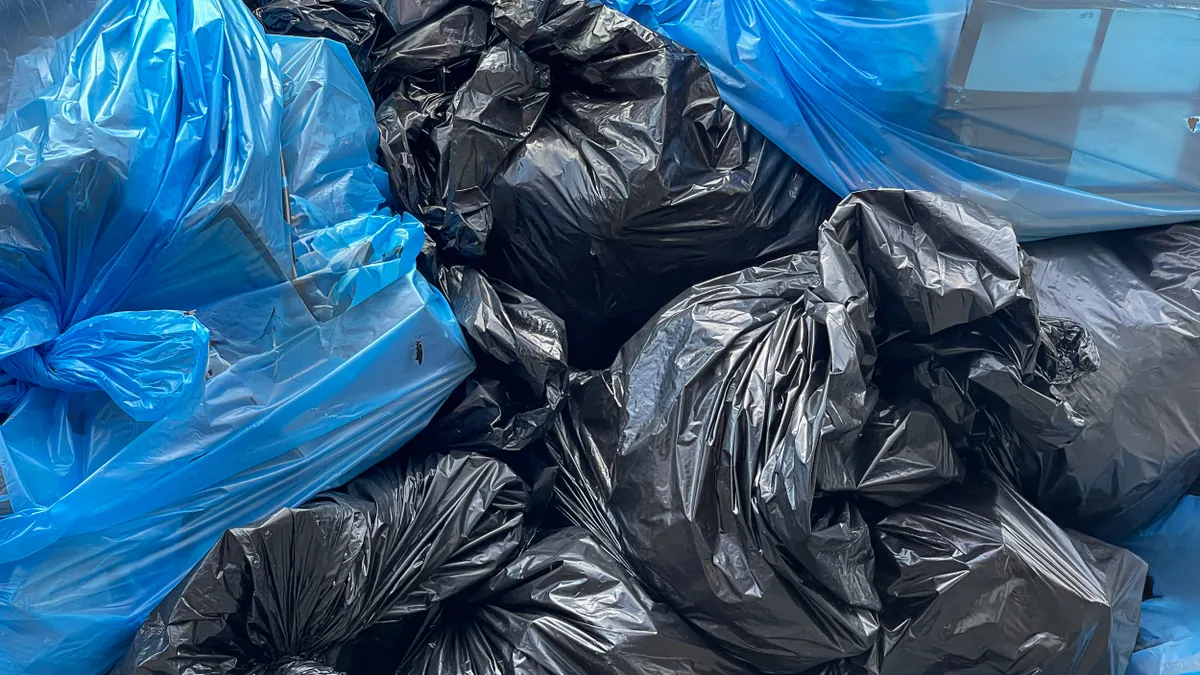Recycling groups say Oregon’s new recycling law should encompass more types of materials, set more realistic standards for PE film collection and create more specific standards around acceptable end use markets.
The Oregon Department of Environmental Quality has been hashing out details of how to implement the state’s extended producer responsibility for packaging program, known as the Recycling Modernization Act. As part of a multiyear process to fully implement it, DEQ recently wrapped up a public comment period seeking feedback on the law. DEQ plans to present proposed rule changes in November.
The multifaceted EPR law, which passed in 2021, calls for most packaging producers to become members of a producer responsibility organization by 2025. Local governments will be able to use producer funding for improvements such as collection services and facility upgrades.
The law also calls for numerous other recycling changes, including creating a statewide collection list and establishing new operating and performance requirements for MRFs.
Here’s a snapshot of feedback on the proposed rule from recycling and packaging groups:
Adding more types of accepted materials
Stakeholders centered many of their comments on a segment of the law dictating what items will be included on a statewide list of materials accepted for recycling. The goal of a statewide list is to reduce confusion about what can and cannot be recycled, DEQ has said.
Numerous recycling and packaging groups requested that more items be added to the list, namely PET thermoforms. “PET thermoforms are already accepted in a meaningful number of standard and specialized collection systems in Oregon, indicating that PET thermoform collection is already compatible with the state’s collection infrastructure,” wrote Dan Felton, Ameripen’s executive director.
The Recycling Partnership added that although PET thermoforms “have been in a state of ambiguous recyclability for many years due to technical and market issues,” those issues are “rapidly being resolved” and are no longer a reason to omit them from the list. The Foodservice Packaging Institute recently published a study indicating the value and market for PET thermoforms.
The Circular Action Alliance, which was recently named the produce responsibility organization for Colorado’s EPR program and represents major brands, has said it plans to work with Oregon DEQ to also be considered a PRO in Oregon. Many CAA members have PCR goals and commitments “that will rely heavily on the increasing availability of thermoform content,” said Doug Mander, CAA’s Oregon program manager, in written comments. More investments in Oregon processing facilities might be necessary to collect substantial amounts of this material, the group said in comments.
Stakeholders also called for the recycling list to allow containers that are smaller than 6 ounces. The draft rule says most plastic bottles, jugs and tubs under that size are too small for sortation. Ameripen, CAA, TRP and others said that rule runs counter to best practices written by the Association of Plastic Recyclers, which generally approves of containers that are at least 2 inches in at least two dimensions. By expanding the rule, the state could capture common containers such as yogurt cups and small cosmetics bottles, they said.
“Two of the key benefits of a unified recycling list are reducing consumer confusion and maximizing the value of those materials on the list,” the Foodservice Packaging Institute said in comments. “The average household should not be required to differentiate products by their shape or use as well as the material type.”
Groups also called for numerous other additions, with common requests including molded fiber food serviceware and paper egg cartons. The American Forest & Paper Association says the lists omit “widely recyclable categories of paper-based packaging” including paperboard with poly coating and refrigerated and frozen food cartons. AF&PA also recommended that DEQ create an easier way for producers or PROs to request additions to the list.
Redefining “responsible end markets”
Under the Recycling Modernization Act, PROs must make sure that covered materials are recycled in “responsible end markets” and that at least 60% of a given material reaches an end market.
Some stakeholders said that provision will be difficult to comply with, particularly in the first few years of implementation. PROs “will have little control over, or knowledge of, or contracts throughout the recycling supply chain,” said Terry Webber, AF&PA’s vice president of industry affairs, and the law doesn’t require local governments and their partners to collect or share that information.
Groups like AF&PA, Ameripen, CAA and others said they believe it’s important that materials end up in responsible end markets and are properly recycled, with some supporting a third-party certification process or another auditing method to help. However, “at the time of this rule posting, no such third party certification program exists for the proposed [responsible end market] criteria,” CAA wrote. CAA requested that DEQ delay end market verification provisions by a year.
Other stakeholders said the “responsible end market” definition unintentionally leaves out certain materials or processes. The American Chemistry Council called for the rule’s definition to include advanced recycling, also called chemical recycling, since the current definition only mentions plastic end markets that extrude, mold or thermoform recycled plastics.
Collection targets for PE film
Oregon’s EPR law also includes specific material collection targets, but some stakeholders said the proposed metrics for polyethylene film collection are unrealistic or unattainable. Groups also called for better clarity on how collection rates would be calculated.
The proposed rules call for a PE film collection target of 28% by 2028, with that amount increasing by 2% per year after. But CAA and TRP say the material is typically collected at drop-off sites or depots, and that collection method won’t yield the returns the rule expects.
“Today residents do have options, albeit limited, to recycle PE film through the store drop-off system at retailers, as well as with pay-for-service valet programs that collect film at homes,” TRP wrote. The national recycling rate for film and flexible packaging is only about 1.8%, the group said. In Oregon, CAA estimates that “current recycling rates for this material are likely four or five times less than the proposed initial target.” Instead, TRP and CAA propose a 10% rate by 2028, ramping up 5% every three years thereafter.



